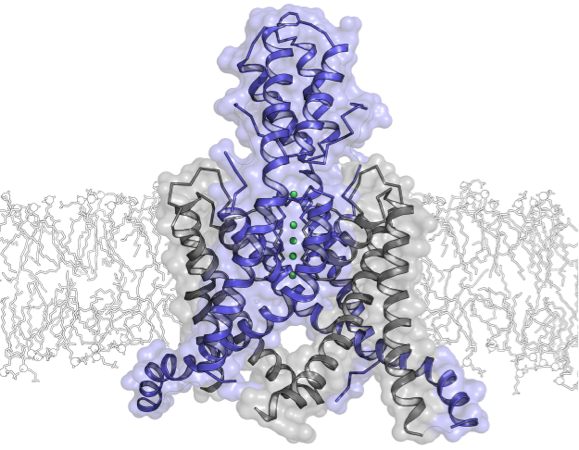Stephen Brohawn
B.S. University of Delaware, 2004
Ph.D. Massachusetts Institute of Technology, 2010

Mechanosensation underlies our senses of touch, hearing, balance, and pain and allows us to regulate blood and other osmotic pressures. Despite their broad importance, many of the molecules that endow us with the ability to sense forces have only recently begun to be discovered and characterized. Of particular interest to me are mechanosensitive ion channels that directly translate force into cellular electrical signals and thus can produce a neuronal response to mechanical stimuli.
Perhaps the best-characterized vertebrate mechanosensitive ion channels to date are the related TRAAK and TREK K+ ion channels. These channels are exquisitely sensitive to the mechanical and chemical state of the lipid bilayer. Biophysically, they are activated by mechanical force, temperature, lipids and polyunsaturated fatty acids. Biologically, they regulate the noxious input threshold for pressure and temperature sensitivity in mouse sensory neurons. Pharmacologically, they are targets of drugs including antidepressants, antipsychotics, and anesthetics.
My research aims to answer two outstanding questions about these channels. First, what is the mechanistic basis for how TRAAK and TREK respond to mechanical forces and chemical perturbations of the bilayer? Second, in what biological processes have these mechanosensitive K+ channels evolved to participate? I use x-ray crystallography and electrophysiology to answer these questions. A crystal structure of TRAAK at 3.8 Å resolution has provided the first structural insight into this family of channels and a framework for ongoing experiments.

Crystal structure of TRAAK.
Brohawn, Del Mármol, and MacKinnon. Science, 2012.
